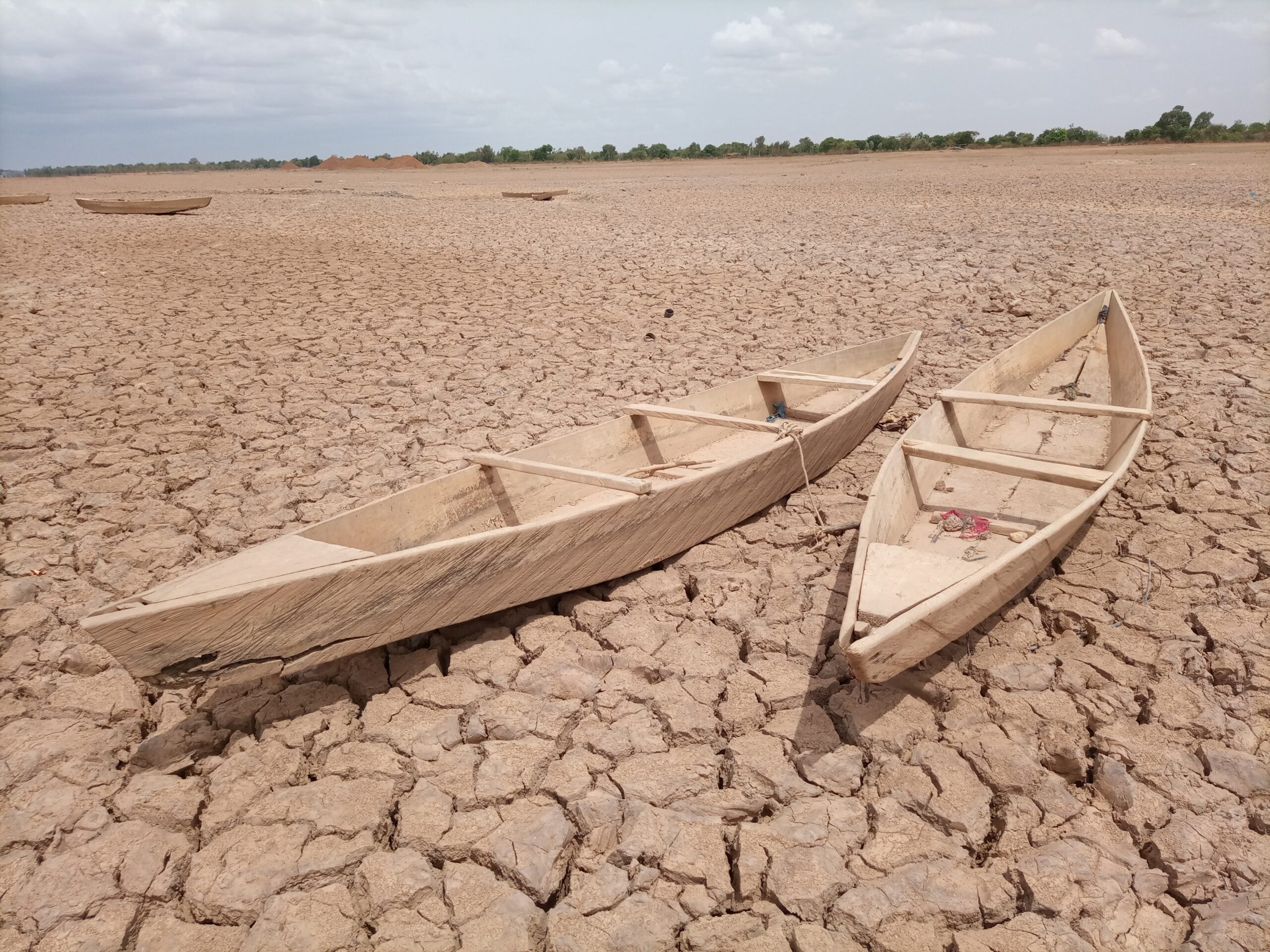Indonesia is anticipating the onset of a severe drought, particularly in the southern parts of the country, with Java Island projected to face the most dry conditions in July. In a recent statement on Twitter, Erma Yulihastin, a climatology researcher at the National Research and Innovation Agency (BRIN), emphasized the likelihood of a dry spell starting from June and potentially extending throughout July 2023.
Attributing the impending drought to the forthcoming El Nino phenomenon in June, Erma noted the subsequent expansion of dry conditions in July, which may be further compounded by the potential occurrence of a positive Indian Ocean Dipole (IOD).
El Nino, characterized by tropical Pacific Ocean warming in its central and eastern regions, stands in stark contrast to its counterpart, La Nina, which entails sustained cooling within the same area. Monitoring the cycle of these phenomena is the El Niño-Southern Oscillation (ENSO), an essential mechanism to understand and predict climate patterns.
Erma shed light on the factors contributing to the anticipated drought. Firstly, the presence of Tropical Cyclone Mawar in northern Papua near the Philippines has altered the convection center, shifting it from the south to the north of the equator. This change has disrupted the natural moisture distribution, exacerbating the dryness in southern Indonesia.
Additionally, a decrease in humidity levels has been observed in these regions, except for the eastern parts of the country, where atmospheric conditions remain relatively unaffected. Conversely, eastern Indonesia near Papua experiences higher humidity due to the South Pacific Convergence Zone (SPCZ) phenomenon.
The SPCZ plays a crucial role as the last line of defense, shielding Indonesia from the full impact of El Nino. However, should the SPCZ dissipate, El Nino’s effects would become more pronounced, particularly in the eastern regions due to their proximity to the Pacific Ocean.
Recognizing the significance of this issue, both from an environmental and socio-economic perspective, the Indonesian government is actively seeking solutions to address the imminent water scarcity.
Plans are underway to augment the power supply to Batam and the Riau Islands by establishing interconnection transmission lines between Sumatra and Batam, ensuring a more stable electricity grid in the region. This endeavor takes into account the strategic importance of Batam as a gateway to Singapore, emphasizing the critical need for reliable electricity supply.
The Indonesian Meteorology, Climatology, and Geophysics Agency (BMKG) had previously predicted an early and more severe dry season due to the arrival of a weakened El Nino phenomenon. These projections have raised concerns about the potential consequences for agriculture, water resources, and various sectors dependent on adequate rainfall.
The government, along with relevant agencies and stakeholders, remains committed to proactively addressing the challenges posed by the forthcoming drought, emphasizing the importance of preparedness, sustainable water management practices, and the implementation of adaptive measures to mitigate the impact on affected communities.
